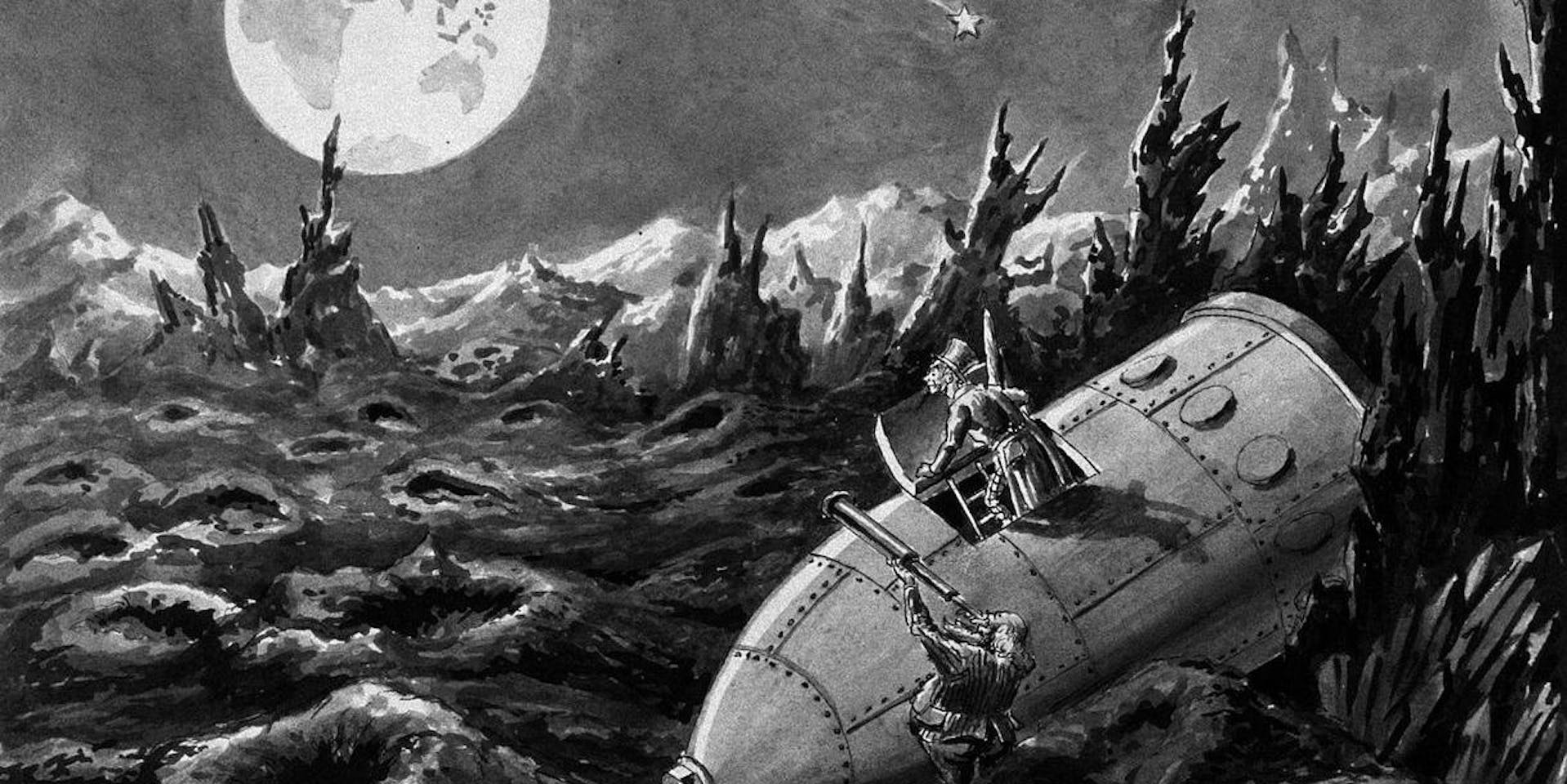Point of departure

The summer of 1971 was very eventful: President Nixon announced his trip to China – a first for an American President – and the United States was finally considering a gradual military pullout from Vietnam.
The World Trade Center's 415-meter-high south tower was completed (its twin was still under construction); 162 Japanese passengers died during the collision between a Boeing 727 and a fighter jet; and 40,000 people flocked to Madison Square Garden to attend the mega charity event Concert for Bangladesh, organized by former Beatle George Harrison.
In France, Paris's venerable Les Halles market was about to be demolished, while François Mitterrand took the reins of the new French Socialist Party. Jim Morrison was found dead in his Paris apartment and the weather in France was calamitous, as storms and floods raged through the country. In Burgundy, winemakers resigned themselves to a less-than-stellar 1971 vintage. But in July, a telegram arrived in a tiny Burgundian town called Nuits Saint Georges, brightening this bleak horizon and throwing the small town hall in Côte d’Or into a fever of excitement. This was my hometown.
Our small town of 5,000 is better known for its great wines than for astronomer Félix Tisserand, the son of a cooper, who was born here in the 19th century. The Director of the Paris and Toulouse Observatories was an expert on comets whose “Tisserand parameter” is still used today to calculate orbits. A lunar crater that adjoins the Sea of Serenity was named in his honor.
And Nuits Saint Georges’ middle school also bears his name. I spent four years of my life there.
The connection between Nuits Saint Georges to space and astronomy also appears in 19th century literature in Jules Verne’s romantic diptych From the Earth to the Moon and Around the Moon, the beginnings of the science fiction genre. The writer dreamed up a scene where the occupants of the spaceship (made from a hollow cannonball) celebrate their recent orbit around the Moon with a feast: “Ardan unearthed an exquisite bottle of Nuits, which was 'by chance' in the supplies compartment. The three travelers drank to the union of the Earth and her satellite. And, as if this generous wine he had crafted in the Burgundy vineyards wasn’t enough, the Sun also partook in the celebration.”
The small town of Nuits Saint Georges therefore witnessed the birth of a major figure in the world of astronomy; Nuits was also discreetly mentioned in a novel published in 1870. It took another century for these anecdotal elements to combine and come together. In May 1971, astronauts Dave Scott, Al Worden and James Irwin visited Le Bourget. They had a few weeks of training left before the launch of the Apollo 15 mission.
During this 29th edition of the International Aeronautics and Space Show in Paris, an American woman married to a winegrower from Côte de Nuits invited her three compatriots to come to Burgundy. She insisted.
Scott, Irwin and Worden therefore went to Nuits. The city honored their visit and they were hosted with great fanfare by the town’s mayor, Bernard Barbier, who offered them bottles of the Cuvée “Terre-Lune 1969” created to celebrate Armstrong’ and Aldrin’s first steps on the Moon. Encouraged by Jean-Jules Verne, the author's grandson, the mayor challenged the crew to take three bottles of Nuits Around the Moon to commemorate the event on their future mission. Everyone believed it was merely a symbolic gesture.
And yet, in late July 1971, town hall received a telegram: “A lunar crater that David Scott and James Irwin of Apollo 15 will explore on Saturday has been named ‘the St. Georges Crater.’ Scott honored the Nuits Saint Georges vintage by lending its name to one of the most interesting craters on the landing site.”
My town on the moon. Scott, Tisserand and Jules Verne had turned me into a passionate space enthusiast. On clear summer nights, I often gazed at the sky. The Moon illuminated the sky with its pale light and I had fun recognizing the contours of the Apollo 15 landing site, between the heights of the Archimedes Crater, the deserted Sea of Serenity and Palus Putredinis.
It felt surreal: part of my city, part of me, of my identity, was there. When a few dreamers brought the ambrosial brew from the vineyards growing with them, they took the entire town up there. Far, far away. Some 380,000 kilometers from Earth.
As a teenager, I once read in a magazine that the traces left by the men who had trod the Lunar surface were nearly eternal: there is no erosion there (no atmosphere, no rain, no wind, negligible tectonics and seismic activity), only solar radiation and micro-meteorites would eventually erase their traces… in tens of millions of years. For eternity.
As a young boy, my mind was bewildered by this abstract reality, I looked up from the magazine. My gaze was carried by the landscape outside my window. Night fell on the coast. I didn't realize a seed had been planted. The germination of Sanctuary would occur many years later.
It would bring together two worlds.
Over three centuries.